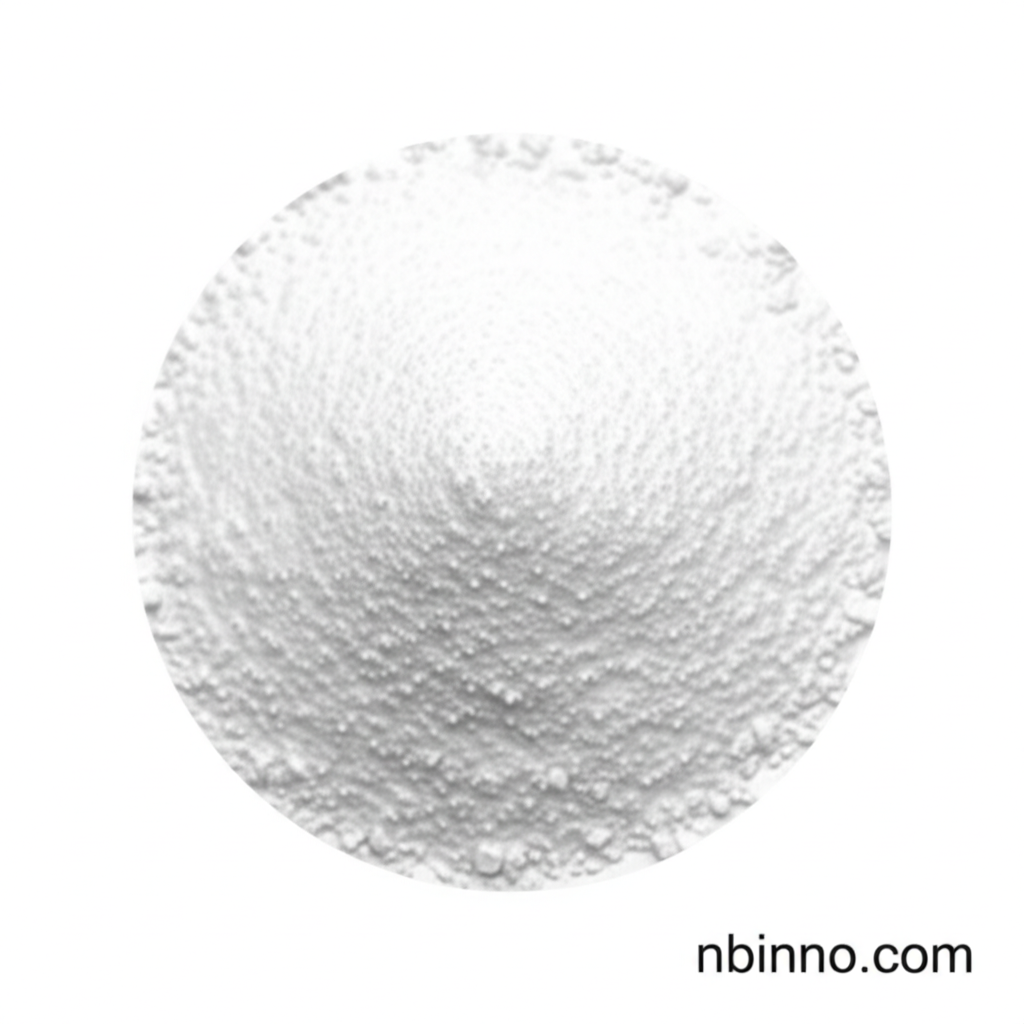(R)-2-Chlorosuccinic Acid: Synthesis, Properties, and Applications in Organic Chemistry
Discover the essential properties and versatile applications of (R)-2-Chlorosuccinic Acid, a key chiral intermediate.
Get a Quote & SampleProduct Core Value

(R)-2-Chlorosuccinic Acid
A crucial chiral building block, (R)-2-Chlorosuccinic Acid (CAS: 3972-40-5) offers exceptional utility in complex organic synthesis, particularly in the development of pharmaceuticals and other fine chemicals. Its specific stereochemistry makes it invaluable for creating enantiomerically pure compounds.
- Unlock advanced organic synthesis pathways by utilizing R-2-Chlorosuccinic Acid synthesis techniques for precise molecular construction.
- Explore the detailed R-2-Chlorosuccinic Acid CAS 3972-40-5 properties, including its melting point of 150-153°C and density of 1.595g/cm³, crucial for process optimization.
- Source high-quality R-2-Chlorosuccinic Acid online from trusted manufacturers, ensuring consistency and reliability for your research or production needs.
- Leverage R-2-Chlorosuccinic Acid manufacturers expertise to obtain this vital chiral intermediate for your demanding chemical projects.
Key Advantages
Chiral Purity
High enantiomeric purity makes it ideal for asymmetric synthesis, contributing to the development of stereospecific drugs. This purity is a key aspect when considering R-2-Chlorosuccinic Acid properties.
Versatile Reactivity
The presence of both carboxyl and chloro functionalities allows for a wide range of chemical transformations, making it a flexible intermediate in various organic synthesis routes.
Industrial Availability
Easily accessible from numerous R-2-Chlorosuccinic Acid manufacturers, ensuring a stable supply chain for both research and large-scale production needs.
Key Applications
Pharmaceutical Intermediates
As a critical component in drug discovery, it serves as a chiral building block for synthesizing active pharmaceutical ingredients (APIs) and complex drug molecules.
Organic Synthesis
Used extensively in academic and industrial research for creating novel organic compounds and exploring new reaction methodologies.
Chiral Chemistry
Essential for studies and applications in chiral recognition, asymmetric catalysis, and the synthesis of chiral materials.
Fine Chemicals
Its unique structure makes it a valuable starting material or intermediate for a variety of fine chemicals used in diverse industrial applications.
